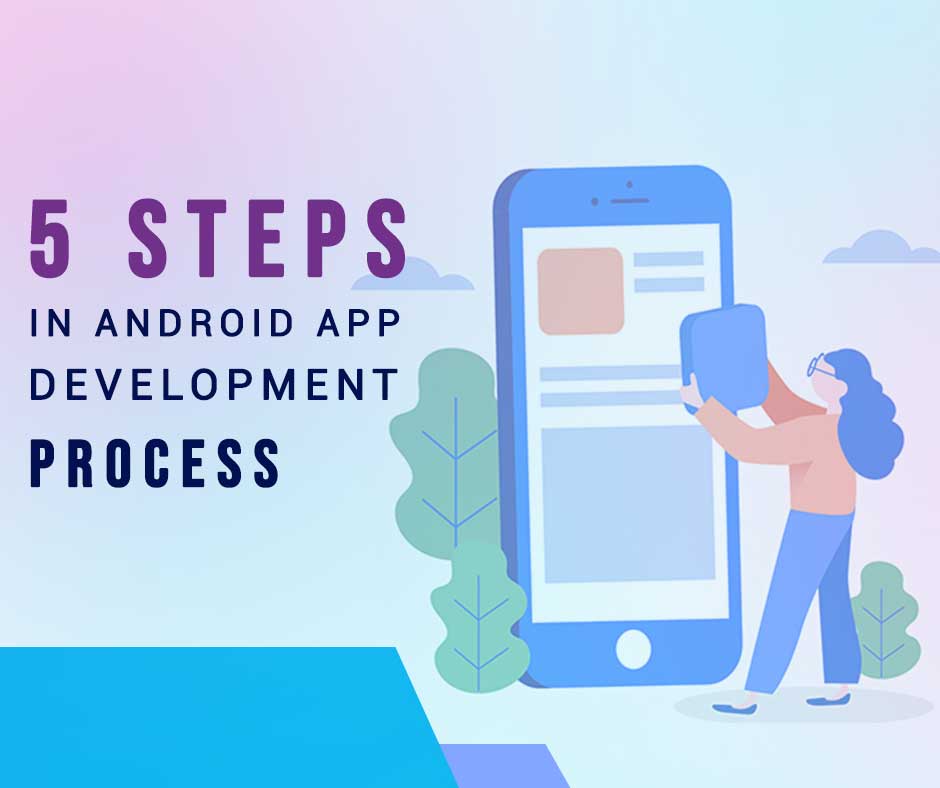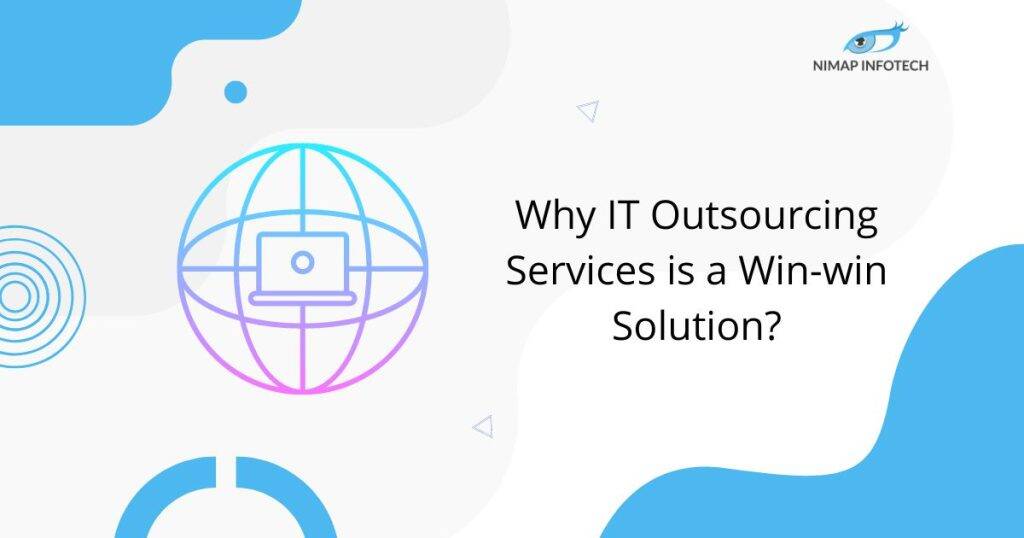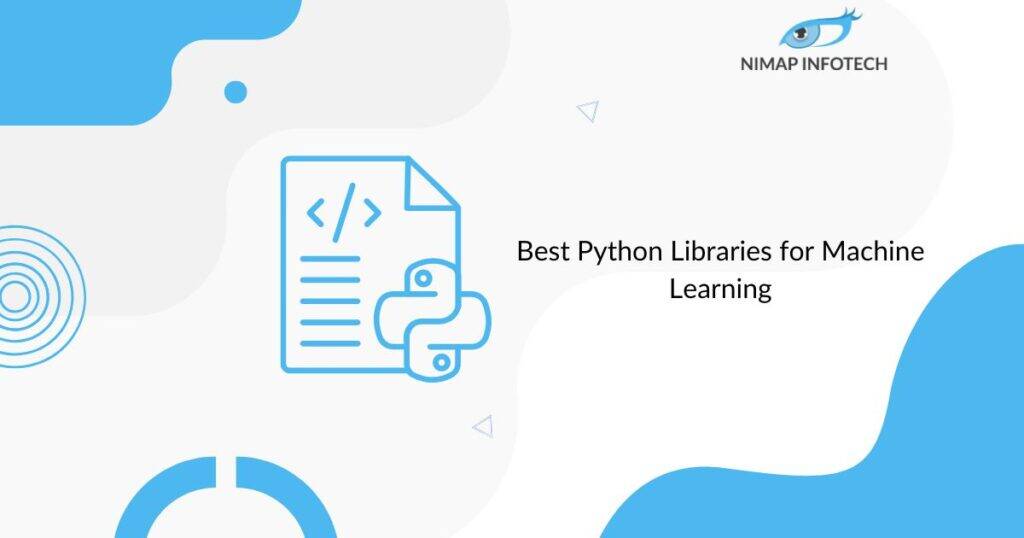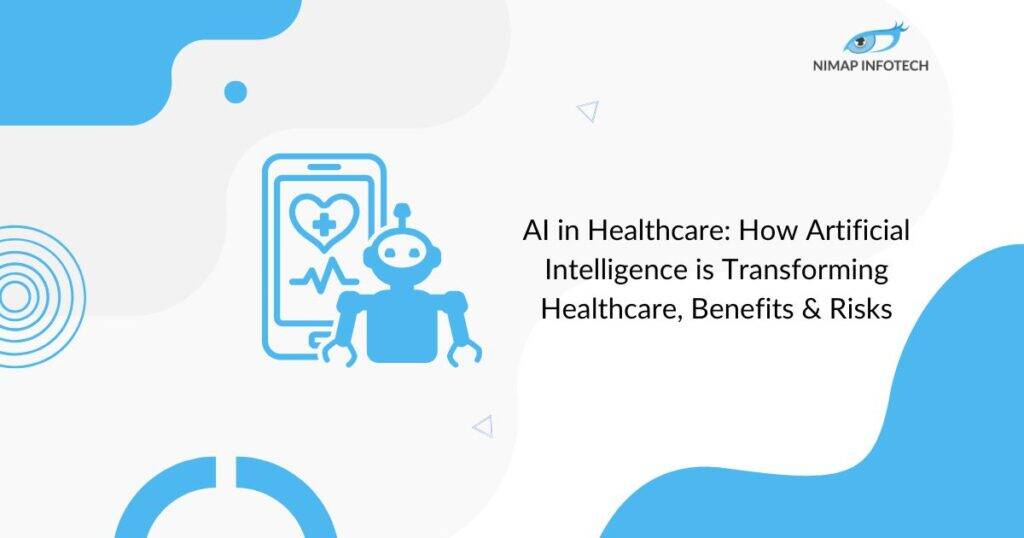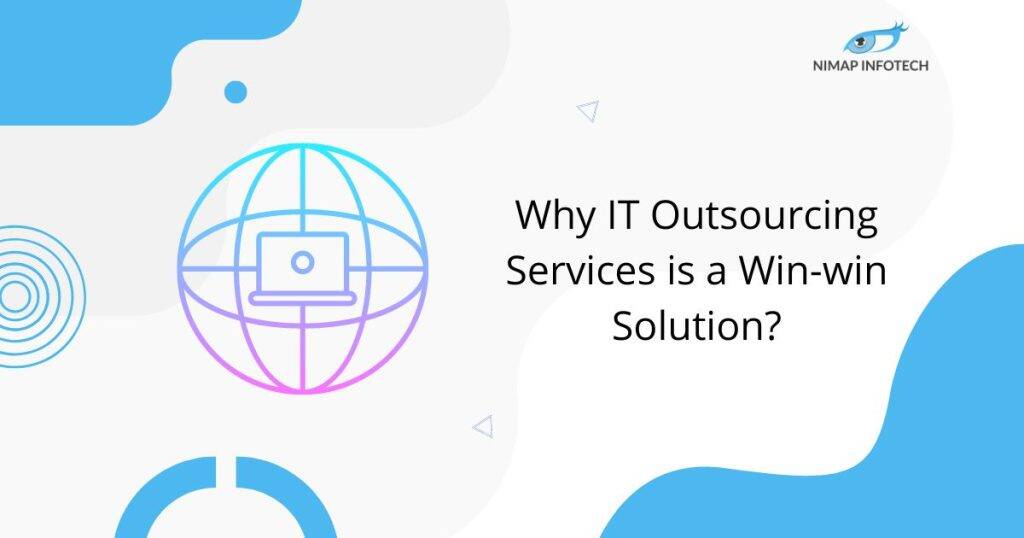Let’s discuss the important steps in creating your very own Android App.
Android App Development Process
Step 1) Ideation
It often happens that we shortlist the ideas that we consider important and amazing. Innovative mobile application ideas should tackle genuine issues for their intended audience, bridging gaps and simplifying their lives. Therefore, the idea used for the app has to be convenient and feasible. This can be determined by performing market research, doing competitor analysis, and establishing well-documented and defined goals. A popular form of market research is by using online research panels to collect data. Various methods for conducting market research are available, so choose the one that suits your needs and give it a try.
A vital part of the entire mobile application development process is going to be a thorough understanding of both the Apple App Store and Google Play Store. This is because they both offer a gold mine as far as market research is concerned. Once you have filtered down your idea and specifically outlined the target audience for your app, you can go through similar apps that provide the features, see the number of reviews, and so on. Doing this will not only boost your market research but also give you a thorough understanding of the competition. After using these apps you can analyze what’s missing in them and what will make your app stand out from the competition. You will also gain an edge over your competitors after doing this.
To launch an app, determine feasibility, create a timeline, set goals, budget, scope, universal selling point, app features, machine learning trends, AR/VR use, and promotions, and track milestones against them. This can be a lot clearer when you set out to develop your app in the next step.
Step 2) Designing
After determining the target group, features, budget, and timeline, begin conceptualizing and visualizing the basic functionality and user interface of the app.There are various ways to go about the designing phase of the mobile app development process
Storyboarding may usually involve chalking out the user’s journey as they navigate through the user interface as well as explore different features. Here are some things that you need to remember while you are storyboarding:
Visualize and conceptualize every layout and design of the user interface, and place every element including banners, text boxes, buttons as well as the icons in the right place.
UI is essential for user experience, but it should align with primary objectives and avoid confusion. Experiment with screen layout, button size, and icon placement to enhance UI aesthetics.
The app’s design is finalized, followed by technical aspects such as APIs, push notifications, analytics, user engagement platforms, databases, and whether to build from scratch or use an existing app’s architecture.
The final stage of designing is the prototyping phase. The phase of app development involves testing functionalities and UI/UX. Using tools like Marvel and InVision, create a high-fidelity prototype for UI/UX testing. Carefully build this prototype, as it will serve as the foundation for app development.
Know more: How Profitable are Android Apps to the Developer and Your Business?
Step 3) Development
GoodBarber and Shotgate are platforms that assist developers in creating functional prototypes before setting up a developer account and releasing the app. However, even before that happens the mobile app development consists of multiple phases as follows:
The Alpha Phase: This is the phase where the core functionality of the app is developed but it is not tested. At this phase, the app has a lot of bugs and glitches that need fixing.
The Beta Phase involves implementing all major features and functionalities of the app, followed by a round of light testing. Even though most of the bugs are fixed, a few remain. After this stage, the app can be released to a select number of users for testing and evaluation purposes.
The Release Phase: This is the final phase that comes after every bug is identified and fixed. This occurs after several rounds of testing the app can be released to the audience.
Step 4) Testing
No matter how seamless your mobile application is, that appears to you. You can never have enough rounds of testing to ensure that it fails proof and is ready for any user. Mobile app software testing is something that you do during the development stage because it can be expensive to fix glitches and bugs later on when you are too deep in the development phase.
The application’s initial specifications are thoroughly tested during this phase to ensure its conformity.
You may like to know more: How Android app development has revolutionized the world?
Step 5) Launch
After ensuring your app is ready for the main launch event, proceed to launch it on the appropriate app stores.
Conclusion
It is true and overwhelming that the app development process can be exhausting. It requires a heavy investment financially, as well as much amount of time, and resources are invested in. The process of identifying the need gap and consistently ensuring quality performance after the launch can be a rewarding one. A mobile app performance testing would be a good way of testing the app while revealing any bugs during development. Hope you like this blog on the Android App Development Process
If you’re looking to hire an Android developer for your business contact us. We at Nimap Infotech have an experienced team of Android developers. Hire Android developers to receive the best Android app development solutions. For any query get in touch with us.
Author
-

With 14+ years in IT and entrepreneurship, I co-founded Nimap Infotech, a digital transformation company that has delivered 1200+ projects and built a team of 400+ engineers. I’ve also led mobile development teams at Accenture India and IBM Apple Garage and developed a network of 7k+ iOS and Android developers. As an Angel Investor, tech advisor, and mentor, I actively engage with the startup ecosystem.
View all posts

